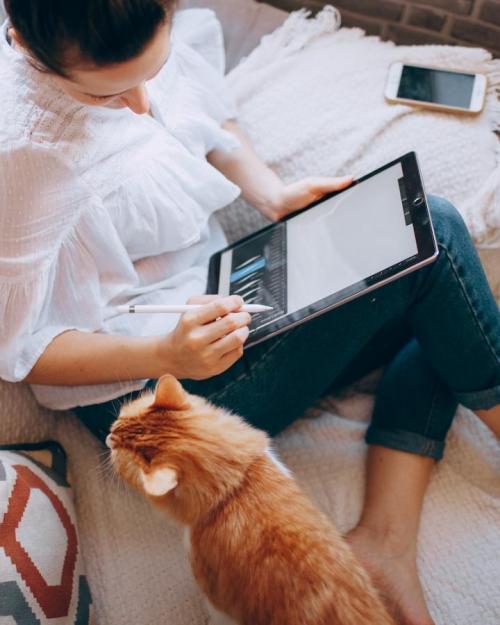Individuals in a higher income bracket have made the most health-related changes to stay safe during COVID-19, according to a new study co-authored by a Cornell researcher.
In the paper, “Socio-Demographic Factors Associated with Self-Protecting Behavior During the COVID-19 Pandemic,” published Jan. 14 by the Journal of Population Economics, economist Michèle Belot and her co-authors examine the role of socioeconomic differences in explaining self-protective behavior.
The researchers relied on income, gender and race data collected in April 2020, during the early stages of the pandemic. The data also included variables such as work arrangements and housing quality.
“Across the board, everyone reduced their social interactions significantly, but we find larger changes among high-income categories,” said Belot, who has a joint appointment as a professor in the ILR School and the Department of Economics in the College of Arts and Sciences. “Part of it could be because it is more difficult for more disadvantaged groups to ‘self-isolate;’ they tend to live in more dense housing, for example.”
The researchers surveyed 6,000 people in six countries – the U.K., Italy, China, Japan and Korea – including 1,000 from the U.S., with about 250 each from California, Florida, New York and Texas. Respondents were asked questions to determine if and how their behavior had changed as COVID-19 cases were beginning to spike across the country.
The team found that while almost everyone changed their behavior in some way, people making the most money made the most changes. The highest earners were 13% more likely to change their behaviors to stay safe; 32% more likely to increase social distancing; and 30% more likely to increase hand-washing and mask-wearing.
This was partially explained by the fact that people with lower incomes tend to have circumstances making it harder to protect themselves, such as the inability to work remotely, the authors said.
The researchers found that higher-income individuals were more likely to have transitioned to remote work instead of losing their jobs, making social distancing more feasible. Overall, employees who could telework were 24% more likely to social distance.
The team also found lower-income respondents faced increased chances of job and income losses due to the pandemic and limited access to remote work. They were also more likely to live in homes with no access to the outdoors. Researchers found that access to outdoor space was a very strong predictor of social distancing, as people with access to open air at home were 20% more likely to social distance.
The findings suggest that policymakers need to pay attention to lower-income populations to ensure they engage in self-protective behaviors, the authors wrote, perhaps by addressing income or job losses.
“What is important to understand is that the study and our findings are not meant to be a moral judgment,” Belot said. “Being able to confirm that individuals with a higher income are not just more likely to work at home, but are also reducing their social interactions more than lower-income individuals, is important for policymakers to understand as nations continue to combat the spread of COVID.”
Other authors include: Nicholas W. Papageorge of Johns Hopkins University; Eline van den Broek-Altenburg of the University of Vermont; Syngjoo Choi of the Seoul National University; Julian C. Jamison of the University of Exeter; and Egon Tripodi of the University of Essex.
In the coming months, the team plans to expand its research with more extensive surveys looking into how events such as the Black Lives Matter protests affected behavior during the pandemic, the pandemic’s possible effects on addictive behaviors and, more broadly, how to build tools to better understand unequal burdens presented by the pandemic.
Julie Greco is a communication specialist with the ILR School.




